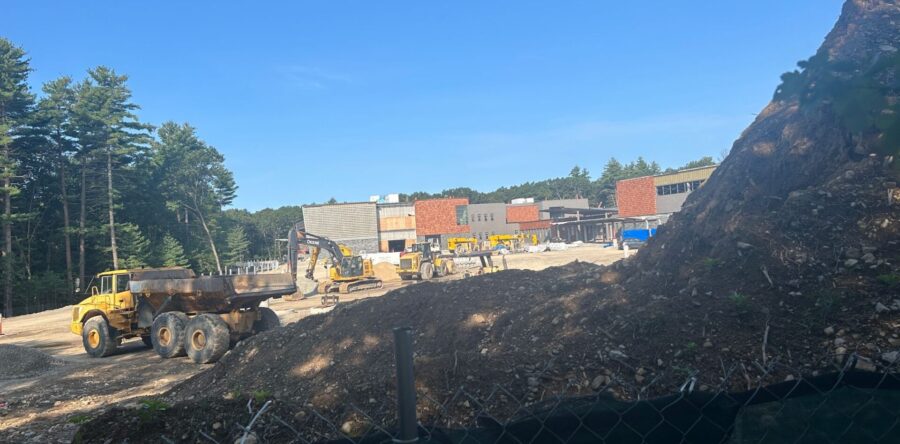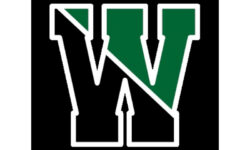By Ethan Lu
Hometown Weekly Correspondent
Few Zoom meetings inspire the lower half of the jaw to escape the embrace of its upper sibling and swan-dive for the floor. The joint meeting of the Permanent Building and School Building Committees on August 16th at 6:00 PM was not one of these meetings. Stone-faced Westwood officials barely raised their eyebrows as they reviewed the steady progress of construction at the upcoming Pine Hill Elementary School, along with its attendant expenses.
The new primary education institute, expected to be complete and ready to receive students and faculty by February 2024, will unify the existing student bodies of the former Hanlon and Deerfield Elementary Schools under one skylight-dotted roof. However, as of now, the four-year-old $74 million project remains a work-in-progress.
During the meeting, Committee Chair John Cummings shared photos of the developing school. Amidst the installation of glass panels and the finishing of walls, Mr. Cummings rattled off a checklist of on-site milestones. Notable completions include the expansive glass walls of the school library and the floor openings for the building's many skylights, allowing Pine Hill's penchant for natural light to shine through.
The town official also reported that contractors had connected the school to the Gay Street water main and had completed the connection to the sewer lines by the end of the week (now complete as of the time of publishing). A storm in July had caused flooding on the nascent campus, but Mr. Cummings reassured the committee that the damage was minimal and completely repaired.
Chin Lin, a representative of The Vertex Companies, the project management firm hired to oversee construction, picked up where Mr. Cummings had left off. Mr. Lin informed town dignitaries that much of the terracotta-shingle façade had been installed on Building A, contributing to the signature "earthy material palette" integral to Pine Hill's "school in the woods" design. The geothermal "wells," which are crucial to Pine Hill's sustainability goals for a carbon-free heating system, had also been completed.
Pine Hill's finances remain stable, thanks to a healthy contingency fund. However, $1.2 million has already been committed, and an additional $2.2 million is expected to be spent on future improvements and budgetary adjustments. Mr. Lin stated, "I used the most conservative numbers I could find for each line item at the moment," referring to the $1.8 million of that money expected to be allocated towards building a turf field.
One notable contingency was a contract amendment "not exceeding $40,000" proposed by Pine Hill architect Dore+Whittier. The original contract related to geothermal engineering exceeded its initial budget by 25% as engineers found themselves working more hours onsite than expected.
Although a modest sum within the context of the multimillion-dollar effort, committee members expressed concern about the significant overrun. Mr. Lin was "not surprised," explaining that Vertex had "pushed very hard for Dore+Whittier to reduce cost estimates," which had led to conservative quotes.
Committee members promptly raised questions about the contractor's ability to bid accurately. In response, the Vertex representative pointed out that only one other contract had similarly exceeded the budget during the project. Mr. Lin further advised the committee that, "at the moment," he did not anticipate any other contracts exceeding estimates.
Despite the unforeseen expenses and the inclusion of "wish list" items back into the project, the school contingency fund remains robust, retaining approximately $700,000 amid Mr. Lin's optimistic outlook on contractors' future fiscal adherence. The committee unanimously approved the contract amendment and all other fiscal items, signaling their confidence in the project's current state and ongoing progress.






















